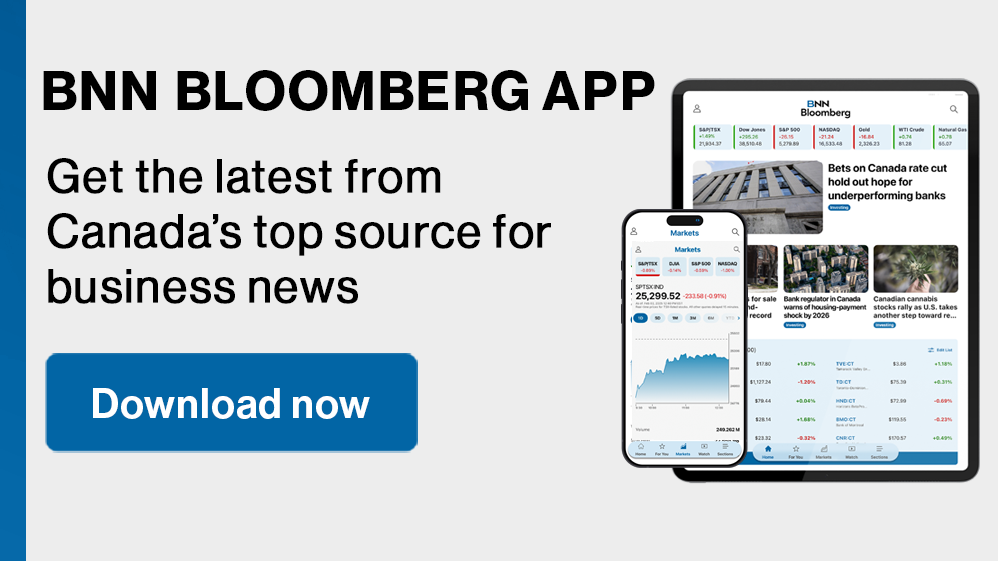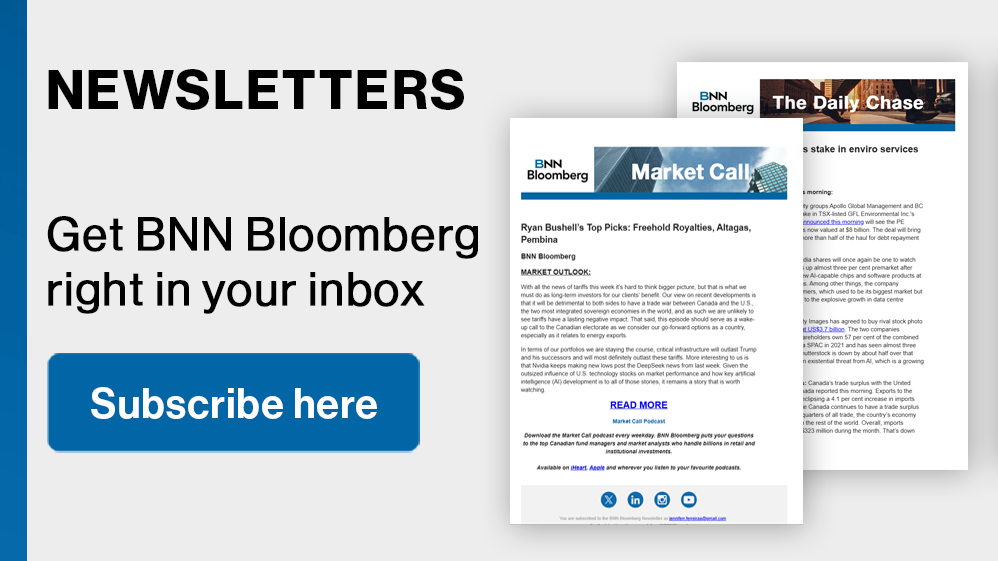(Bloomberg) -- Bond traders emerged from the Federal Reserve’s meeting exactly where they were before it began: with little conviction about where interest rates are headed as President Donald Trump casts uncertainty over the direction of the economy.
Treasury yields briefly jumped after the central bank’s statement appeared to indicate that it held rates steady because its progress on taming inflation had ebbed. But Chair Jerome Powell quickly swatted away those worries — saying he expects consumer-price increases to continue to slow — and yields came back down, ending the day virtually unchanged and echoing the swings in the US equity market.
“This is a Fed that’s not in a hurry to take any further action,” Jeffrey Rosenberg, portfolio manager at BlackRock Inc., said on Bloomberg Television.
The Fed’s decision to pause the cycle of interest-rate cuts it kicked off in September was already widely anticipated on Wall Street. Since late last year, yields have risen sharply on expectations that the resilient economy, sticky inflation and policy shifts by Trump would prevent the US central bank from easing monetary policy much further.
The repricing had left traders largely in sync with the Fed, which has adopted a wait-and-see approach as it watches for inflation to come back closer to its 2% target. Trump has also cast considerable uncertainty over the outlook by threatening to slap tariffs on imports and promising to lower taxes, both of which could put upward pressure on inflation and pour another round of stimulus onto the economy.
Powell did little to chart the bond market’s direction one way or the other. He said he expects that the still-restrictive level of interest rates will continue to slow inflation, which appeared to ease some concern that the Fed could shift gears to raising interest rates again. He also declined to comment on how Trump’s policies may affect the Fed’s path, underscoring that the bank will follow where the data lead.
“This does not sound like a Fed that’s looking for the next opportunity to cut rates,” Bob Michele, JPMorgan Asset Management’s chief investment officer for global fixed income, said on Bloomberg Television.
After Powell’s comments supported that speculation, swaps traders pared back their expectations for rate reductions this year by pricing in 43 basis points of cuts compared to 48 before the Fed’s announcement, with the first not coming until mid-2025. That shows traders anticipate just one quarter-point reduction this year, with the potential of a second such move.
The stock market’s reaction was similar to the bond market’s. The S&P 500 Index dropped after the Fed’s announcement only to recover once Powell spoke. It ended slightly lower on the day, held down by worries about Trump’s still-unclear tariff policies and the threat to tech stocks posed by a Chinese company’s rollout of a low-cost artificial intelligence product.
Treasury bonds ended Wednesday’s session little changed across the curve. The benchmark 10-year note — a key baseline for other debt — was flat at 4.53%, while the yield on two-year Treasuries was up 2 basis points at around 4.2%.
What Bloomberg strategists say...
“Policymakers are in a wait-and-see mode on how Trump’s policies play out. Powell also noted there have been two good inflation readings in a row and importantly expectations at the back-end are not going up, where it really matters.”
— Alyce Andres, strategist. Read more on MLIV.
For the bond market, the focus remains squarely on whether — and when — the Fed will cut rates next.
“There’s heightened caution in the bond market at the moment,” said Lon Erickson, a portfolio manager at Thornburg Investment Management in Santa Fe, New Mexico. “There’s nervousness around the outcome of those policies of the administration.”
While expectations for a March rate reduction had increased earlier this week during a tech-driven rout in stocks that fueled demand for Treasuries, the swaps market is now pricing only a narrow chance of such a reduction.
Still, traders had ratcheted up bullish bets on Treasuries in the leadup to the meeting in hopes of a signal from the Fed that a move in March was on the table.
Wall Street economists, meanwhile, have diverged on their forecasts for the Fed’s policy path, though most have trimmed their expectations in recent months. Ahead of the January meeting, only Morgan Stanley was among major Wall Street banks that still saw a potential reduction at the next gathering in March.
“For the bond market, we think it’s a holding pattern for the next couple of quarters,” Guneet Dhingra, head of US rates strategy at BNP Paribas, said just ahead of the decision. “We think the Fed is on hold for the remainder of 2025.”
--With assistance from Kristine Aquino and Edward Bolingbroke.
(Adds comments from Fed Chair Powell, updates levels.)
©2025 Bloomberg L.P.











